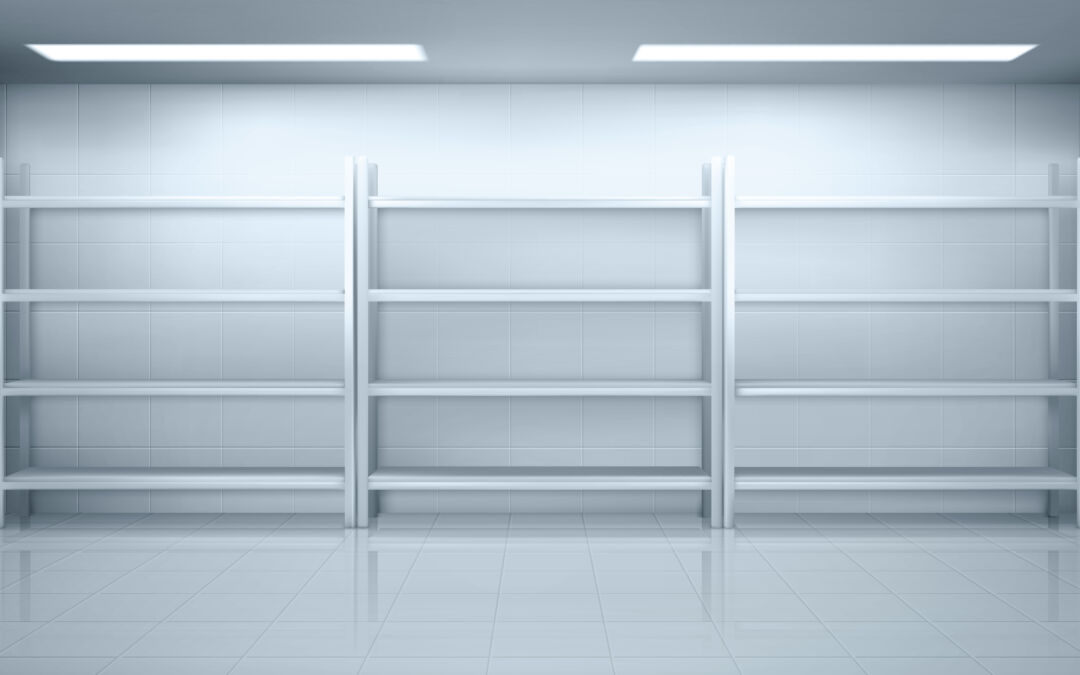Blast chillers and industrial refrigerators are ideal for large food production services such as catering companies, grocery stores and the hospitality industry. They used to be considered gas-guzzling machines, but that’s changed over the years with the evolution of energy efficiency engineering and designs. If that’s not enough, then here are a few ways you can increase the energy efficiency of your blast chiller.
Food Safety
Following the Hazard Analysis Critical Control Point (HACCP) approach to food safety is important when using industrial refrigeration systems. Saving money by buying a lower powered unit for better energy efficiency can mean putting your food supply at risk if it doesn’t chill and maintain the product adequately. The food’s center either has to be chilled within 90 minutes, or frozen within 240 minutes.
Choose the Right Size
Using a smaller blast chiller to freeze or chill the exact amount of food you need will help you in decreasing your energy consumption. Smaller chillers are more efficient when a smaller portion of food is being produced or stored.
Before You Start
Before any food chilling or freezing begins, make sure the industrial refrigerator is on and set to the recommended -3°C for chilling or -18°C for freezing. If you don’t do this, then your refrigerator will get overworked trying to cool down any hot food added to it. This will also affect the efficiency of the system, as any chilling cycle won’t be done in the required time period stated above.
Half Loads
Spread any trays out evenly in your blast chiller if you aren’t filling it to capacity. This way, your food will be chilled or freeze evenly. Because the chiller isn’t filled, the food will cool down or freeze more quickly. It’s a good idea to use a food probe to consistently check the temperature of your food before taking it out. When using a food probe, insert it into the densest section of the food item for the most accurate reading.
Proper Air Distribution
Good and even air flow throughout the industrial refrigerator will help in ensuring proper energy consumption, that food is being chilled or frozen evenly and that minimal damage to the product is occurring.
Keep the Door Closed…
Once the chilling cycle has started, don’t open the door to check on the process. As tempting as it may be, opening the door during the cycle will allow warm air from the outside into the cycle. This will disrupt the temperatures and reduce the benefits of going through the cycle in the first place.
And the Food Uncovered
Don’t cover the food while it’s in the blast chiller, as it will interfere with the efficiency of the cycle. It’s the chillers job to completely cool or freeze food products, and any material used to shield the food renders the process useless.
At HECO Limited, our experienced mechanics are red seal certified and ready to help you with anything you may need, including 24/7 emergency assistance with rapid response, routine maintenance and compressor repair. Located in St. Catharines, Ontario, our industrial refrigeration systems range from cold room applications like walk-in coolers and holding freezers to spiral, blast and tunnel freezers/coolers. Call or request a free estimate online at www.hecolimited.com.

